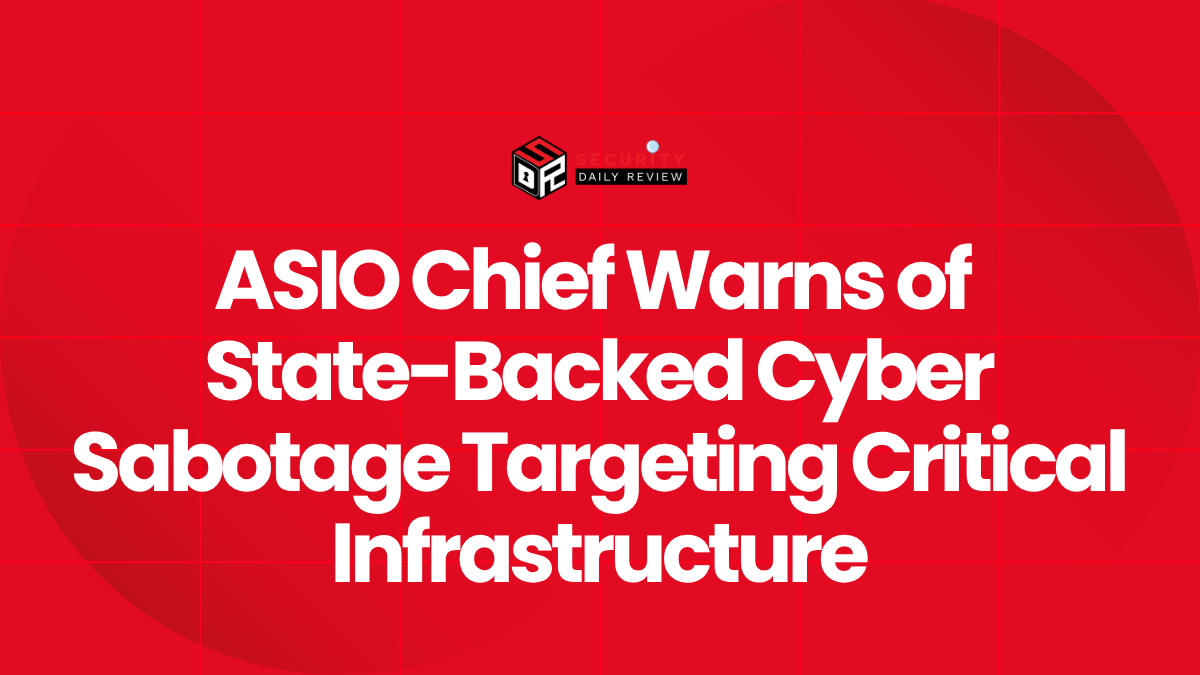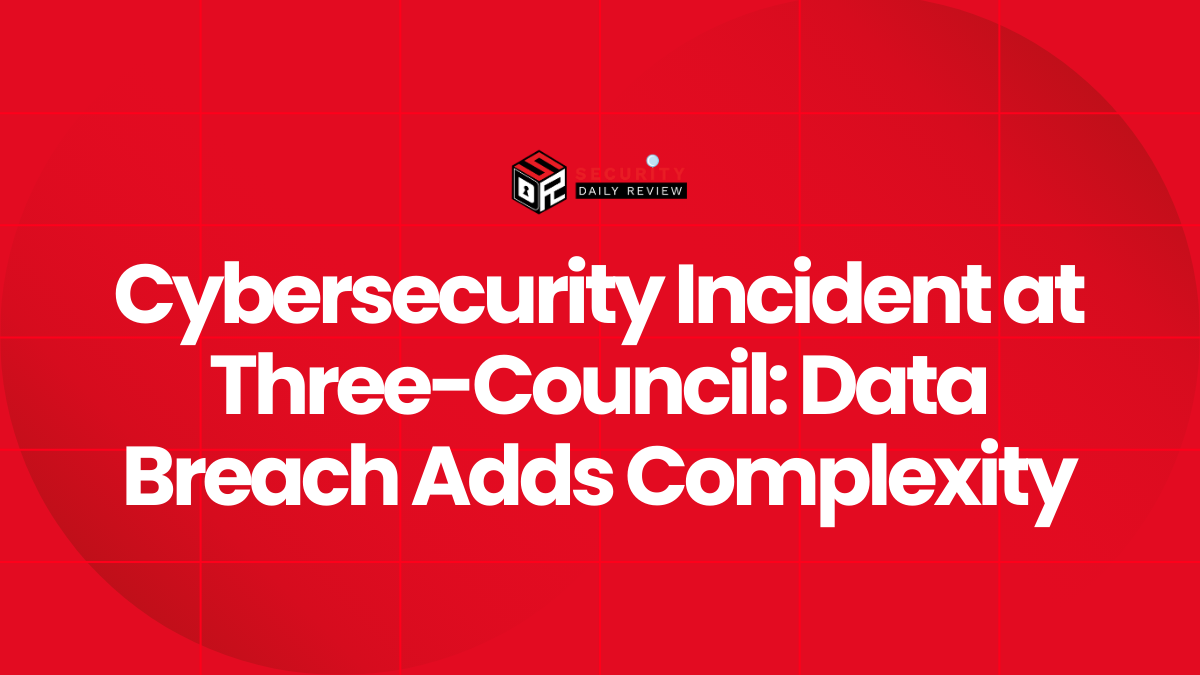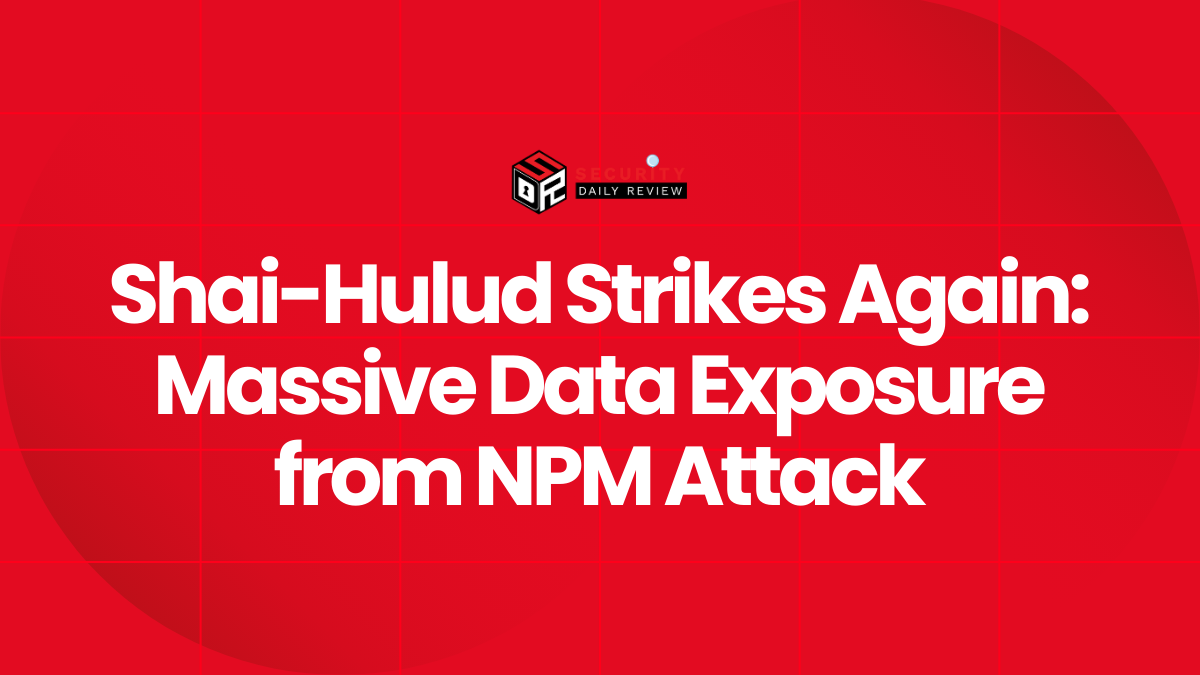Nation-state cyber threats have escalated from covert surveillance to strategic sabotage, according to the Australian Security Intelligence Organisation (ASIO). The agency’s director-general, Mike Burgess, has issued a stern warning that state-affiliated adversaries are actively preparing cyber operations to disable or destroy essential services, including the nation’s energy grid and telecommunications networks.
State Adversaries Intensify Focus on Infrastructure Disruption
Burgess Outlines Preemptive Threats to Essential Services
Addressing a national audience during a recent security briefing, ASIO chief Mike Burgess emphasized that Australia and its allies face a mounting threat of cyber sabotage targeting critical infrastructure. According to Burgess, “Spying is no longer just stealing secrets. It now encompasses preparing for sabotage – attacks designed to block energy supply or cut communications in a future conflict.”
Burgess attributed these operations to what he called “elite teams” within authoritarian states. These advanced persistent threat (APT) groups are reportedly tasked with mapping out vulnerabilities in critical sectors such as power generation, telecommunications, and water systems — often embedding themselves years in advance of a potential strategic attack.
These pre-positioning tactics indicate a broader evolution in cyber warfare strategy, moving beyond espionage into capabilities with physical-world consequences. The threat involves both network intrusion and the covert establishment of persistence within operational technology (OT) systems, allowing adversaries to trigger destructive payloads when politically expedient.
Preparing for Contested Digital Terrain During Conflict
Sabotage Operations Now Integral to Global Power Projections
Burgess’s warning reflects a global shift in threat landscape assessments among Western intelligence agencies. The ambition of certain nation-states to pre-place malware inside infrastructure networks is not merely hypothetical — it is treated as an eventual operational posture for wartime scenarios. This echoes concerns from counterparts in the United States and United Kingdom, where intelligence leaders have also highlighted overlapping campaigns from China, Russia, Iran, and North Korea targeting civilian tech systems.
The sabotage strategy aligns with what analysts refer to as “gray zone” or hybrid warfare — hostile actions that fall short of armed conflict but can cause significant strategic disruption. By compromising critical infrastructure in advance, hostile states obtain coercive leverage, reduce allied response times, and increase the chaos quotient in multi-domain theaters of war.
While Burgess did not indicate that an attack was imminent, he emphasized the importance of readiness for such scenarios. Australia’s authorities are reportedly collaborating across military, intelligence, and private operators to bolster cyber resilience in the country’s most vital systems.
More Than Just Espionage: An Evolution Toward Offensive Capabilities
Elite Teams Signal a Strategic Shift Toward Destruction
The use of “elite teams” suggests the involvement of highly trained state-affiliated cyber units, possibly linked to military intelligence agencies. These groups are distinct from traditional intelligence operatives in that their mission is not simply to observe — it is to sabotage. Their targets vary, but the most concerning include:
- Power grids and substations
- Long-haul telecommunications infrastructure
- Satellite control centers
- Water and sanitation control systems
- Emergency services communication networks
This marks a shift from the early 2000s, when most cyber intrusions aimed to steal intellectual property or gather geopolitical intelligence. Today, adversaries are simulating what it would take to plunge a nation into a digital blackout with real-world consequences.
Building Cyber Resilience Before the Conflict Begins
National Defense Must Now Include Infrastructure Hardening
In response to the rising threat of cyber sabotage, ASIO and Australia’s national cybersecurity agencies are increasing their focus on critical infrastructure protection. This includes not only hardening the digital perimeter of utilities but also ensuring that incident response plans can be rapidly deployed in the event of intrusion or coordinated destructive attacks.
Burgess urged leaders in both public and private sectors to assume that once-abstract risks now represent plausible threats. “Global tensions are the highest they’ve been in decades,” he remarked. “It is prudent — not paranoid — to ensure we’ve secured the systems that underpin our society.”
This proactive stance echoes similar measures taken by partner nations. In the U.S., the Cybersecurity and Infrastructure Security Agency (CISA) has issued multiple alerts warning of advanced persistent threats to industrial control systems. In the U.K., the National Cyber Security Centre has similarly advised on state-level reconnaissance aimed at undermining critical services.
Sabotage as a Strategic Tool in Modern Cyberwarfare
ASIO’s latest intelligence assessment reinforces a stark reality: state-sponsored cyberattacks are no longer constrained to digital surveillance or data theft. They are increasingly aimed at preparing the field for real-world disruption — a move that could paralyze a nation’s infrastructure in hours.
The future of cybersecurity defense in the critical infrastructure domain is now a race against silent actors already inside the walls. Australia’s intelligence leadership is making clear that preparation is not optional — it is essential.









